Adaptation Futures 2018: an enthralling journey to the Mother City
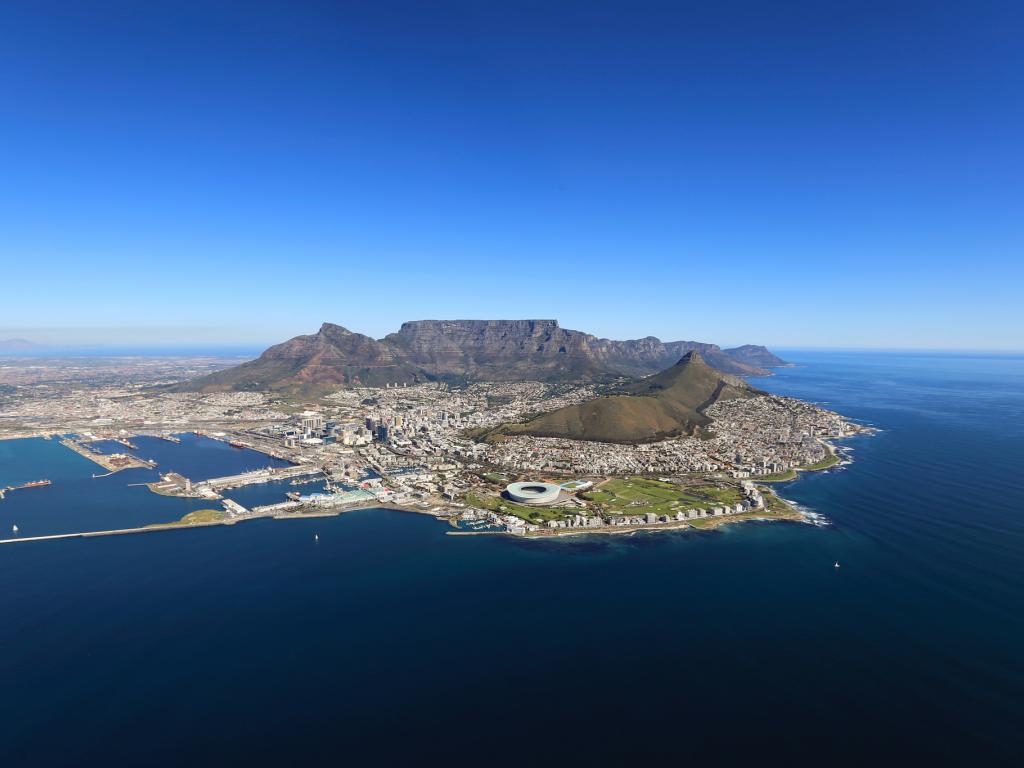
ASSAR's Maitreyi Koduganti Venkata reflects on her first time presenting at an international climate change conference, Adaptation Futures 2018, held in Cape Town, South Africa.
In mid-June I got on a plane for Cape Town, South Africa, which is also known as "the Mother City." I was excited to travel to this part of the globe, not least because of the city’s sandy white beaches, sapphire ocean and reputation for art, wine and beautiful scenery. I was also quite nervous since this was one of my first opportunities to attend an international conference like Adaptation Futures. I was going to present a piece of my work on exploring scenario planning for building adaptation pathways for urban water management for the first time and was anxious about presenting among researchers who have tonnes more experience than I do. Despite my nerves, I knew the conference was a big opportunity and, indeed, it turned out to be a rewarding experience.
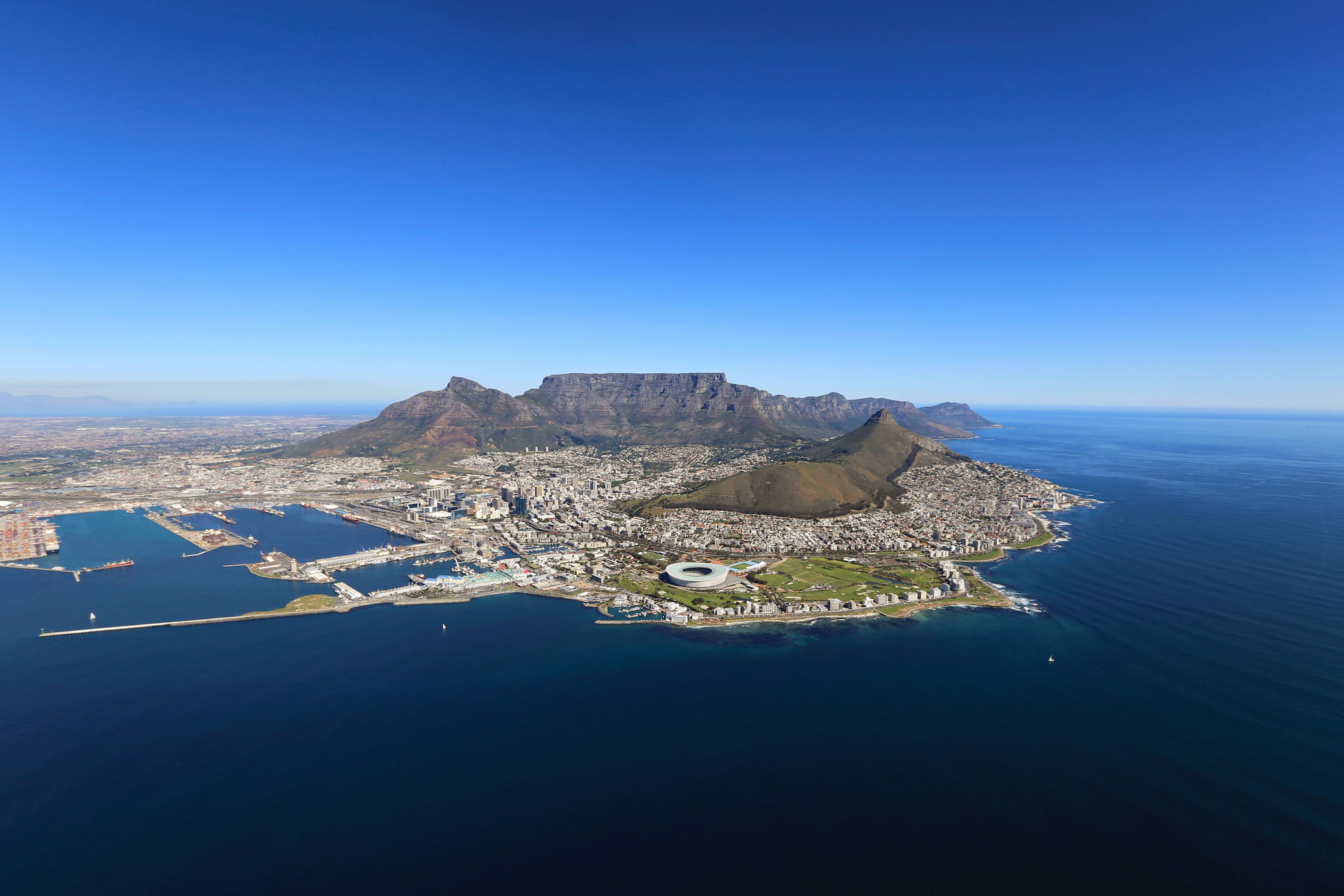
View of Cape Town from the air. Daniel Gillaspia.
I was pleased to see that drought-stricken Cape Town had stepped away from the brink of disaster, having recently pushed back the sinistrous “Day Zero”-- the day the city would eventually run out of water -- to 2019, thanks to conscious water-saving efforts by the government and its people. The city’s situation really drove home the importance of adaptation to deal with climate change. Changing climatic conditions are set to make droughts more frequent and intense in different parts of the world, and the demand for resources, water particularly, will increase if economic, population and climate projections manifest. Cape Town’s experience shows commendable team effort and illustrates how evidence based-science, pressure from the public, and political will are imperative for adaptation.
Adaptation Futures: Dialogues for solutions
Adaptations Futures is a biennial conference and Cape Town hosted its fifth edition. Running from 18 to 21 June, 2018, the conference had a sumptuous spread of sessions within the climate change adaptation spectrum. Held on the African continent for the first time, Adaptation Futures 2018 foregrounded adaptation issues of developing nations and aimed to increase their participation in the meaningful dialogues taking place. It is worthwhile to mention that the conference was extremely cautious about its resource use, be it water (yes, a 2-minute shower due to Cape Town being in the midst of the worst drought in recent history), food (only vegetarian food was served) or its carbon foot-print.
With over 160 sessions to choose from, I chose to attend talks aligned to the domain I work in. Over the years, I have always wanted to understand how art and aesthetics can form part of climate communication. And this was a key focus of the sessions I took part in. The ‘climate toolshed,’ ‘community kraal’ and ‘theatre of the oppressed’ sessions nailed this idea! Attending these sessions acquainted me with what others are doing in the world of adaptation, giving a clearer picture and a slightly different spin than research papers, with the added benefit of being able to ask questions. Attending the sessions inspired research ideas of my own. They also exposed me to different styles of presentation: world cafes, one-on-one presentations, and of course, performing arts.

My session on evidence based guiding principles for developing adaptation pathways in the context of development was on the third day of the conference. By nature I am a shy person. Even after practicing my talk innumerable times, and having my supervisor go through my slides, I was petrified of making a fool of myself in public. Here, I must mention that my talk was only for two minutes! I must also mention that my friends Greeshma Hegde and Jesse DeMaria-Kinney helped me sail through these moments of nervousness. It was a good session. I received vital insights from the audience and panellists on what we were doing and how to take our work forward. With innumerable conversations over lunch, sessions, wine and dinner, twitter, and the plenary sessions AF2018 was an enthralling journey.
"One of the most important takeaways from the conference was the idea that adaptation cannot be brought about in isolation. It demands an amalgamation of knowledge, evidence, and articulation. Most importantly, stakeholders need to join hands to combat climate change."
Recycling at its best
We often ignore the fact that a major chunk of our waste can be recycled, or reused, but not so for the traders selling African art in Cape Town. A lot of African art for sale in and around the city embraces the reuse of waste -- be it the use of bottle caps to make pen stands and trays, beverage tins to make arty things, or electronic waste to make fridge magnets. This is an extremely responsible step since the crafters are diverting waste from dustbins and landfills. Additionally, it helps tourists like me appreciate the aesthetic potential in waste. It is noteworthy to mention that South African crafts are some of the most sought after in the world. I was besotted with all the handcrafted prints, ceramics and jewellery. It was incredible for me to contemplate that South African and Indian art forms share many similarities in terms of their designs and patterns.
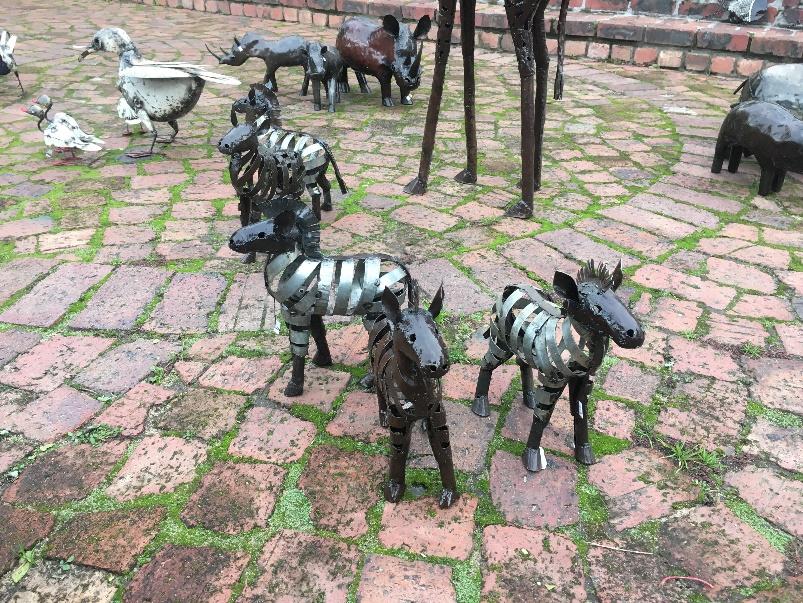
Art from scrap metal. Maitreyi Koduganti Venkata.
Cape Town memories
Between and after the Adaptation Futures sessions, I managed to squeeze out some time to tour the city. The city’s starring act has to be the soaring 600-million-year old Table Mountain. Flanked by Devil’s Peak to the east and Lion’s Head to the west, the Table offers mind-blowing vistas of Cape Town. The locals say you haven’t visited the Mother City until you’ve stood on top of it and enjoyed the panoramic view. I was lucky to glide onto the top of Table Mountains in the cable car on a sunny morning. Having done so, I’m inclined to agree with the locals. It’s definitely a little touristy, but being on top of Table Mountain is a memory that will undoubtedly stay with you for a lifetime.
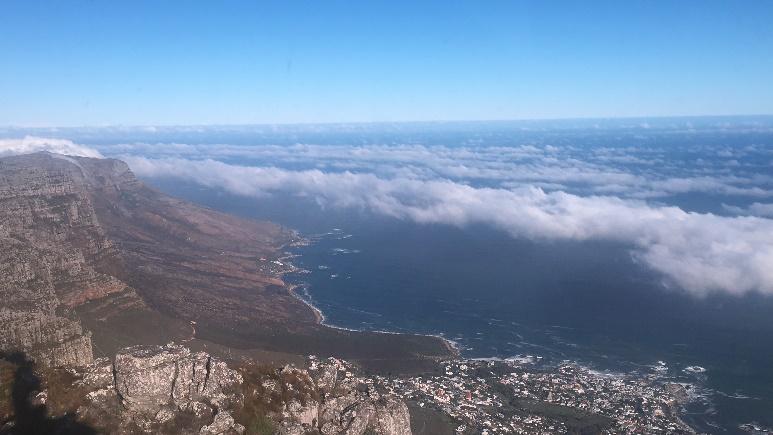
The view from Table Mountain. Maitreyi Koduganti Venkata.
The Victoria and Albert Waterfront houses Cape Town's harbour. Much of its charm lies in the fact that this bustling harbour is set against the background of the magnificent sea and mountain view with pubs, the aquarium, restaurants and of course street music. Some of the places I managed to visit include the Two Oceans Aquarium, Food Market, Cape Wheel, and of course the many shops on offer.
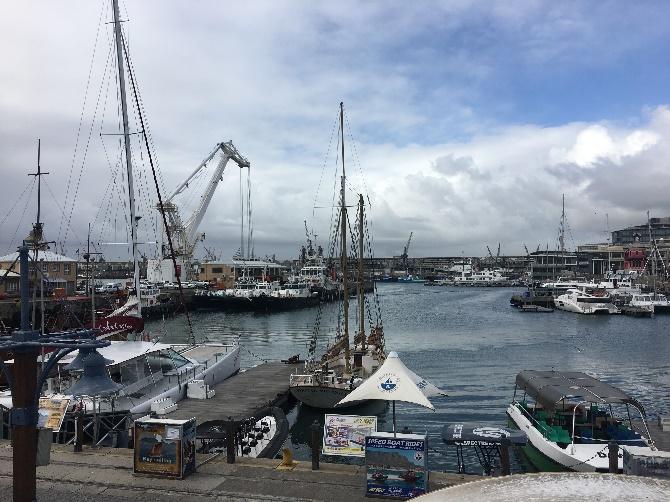
Cape Town's Victoria and Albert Waterfront. Maitreyi Koduganti Venkata.
I left Cape Town enriched by the stories I’d heard, filled with ideas from my days spent at Adaptation Futures and determined to plan my next visit. I also returned home carrying the spirit of Capetonians in combating a crisis situation with unity and positivity.
Maitreyi Koduganti Venkata is a researcher with ASSAR who works closely on Research into Use and Transformative Scenario Planning. She is part of the Climate Science team at IIHS-Bangalore.